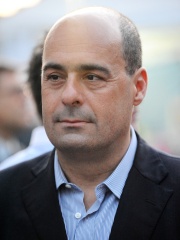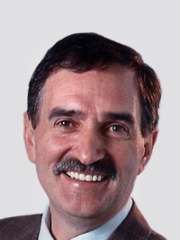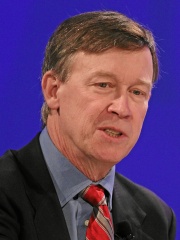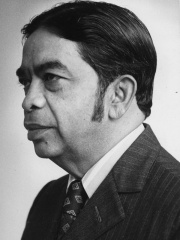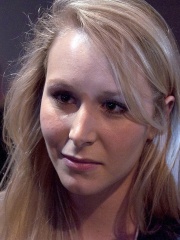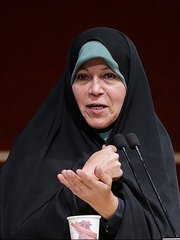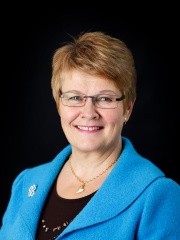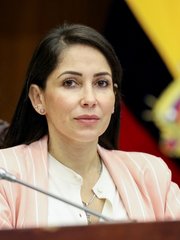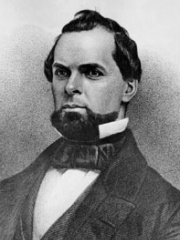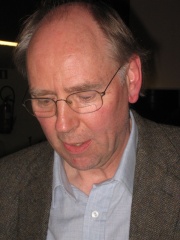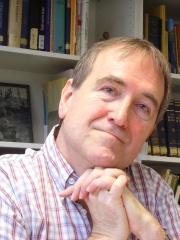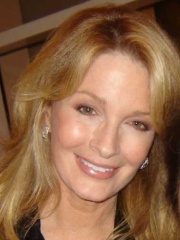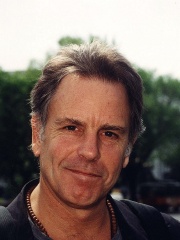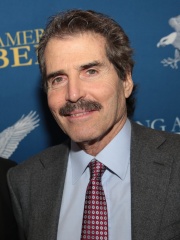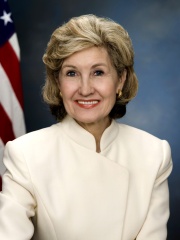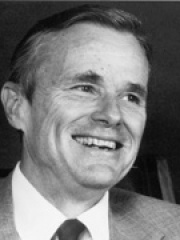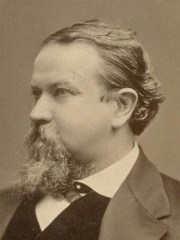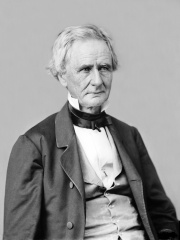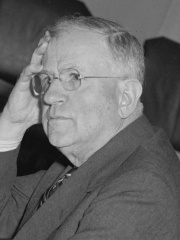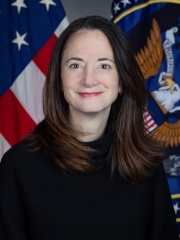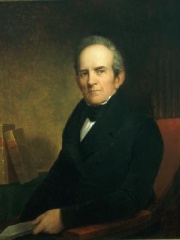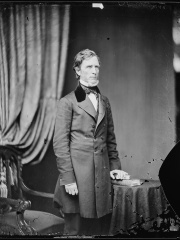POLITICIAN
Mark Dayton
1947 - Today

 Mark Dayton
Mark Dayton
Mark Brandt Dayton (born January 26, 1947) is an American politician who served as the 40th governor of Minnesota from 2011 to 2019. He served as a United States Senator representing Minnesota from 2001 to 2007 and as Minnesota State Auditor from 1991 to 1995. He is a member of the Minnesota Democratic–Farmer–Labor Party (DFL), which affiliates with the national Democratic Party. Dayton is the great-grandson of businessman George Dayton, the founder of Dayton's, a department store that later became the Target Corporation. Read more on Wikipedia
His biography is available in 25 different languages on Wikipedia (up from 24 in 2024). Mark Dayton is the 17,940th most popular politician (down from 17,770th in 2024), the 13,457th most popular biography from United States (down from 13,325th in 2019) and the 1,028th most popular American Politician.
Memorability Metrics
Page views of Mark Dayton by language
Among POLITICIANS
Among politicians, Mark Dayton ranks 17,940 out of 19,576. Before him are Nicola Zingaretti, Alan Gagloev, Markus Büchel, John Conyers, John Hickenlooper, and Veerasamy Ringadoo. After him are Marion Maréchal, Faezeh Hashemi Rafsanjani, Maud Olofsson, Luisa González, John W. Geary, and Davit Bakradze.
Most Popular Politicians in Wikipedia
Go to all RankingsNicola Zingaretti
1965 - Present
HPI: 48.81
Rank: 17,941
Alan Gagloev
1981 - Present
HPI: 48.81
Rank: 17,942
Markus Büchel
1959 - 2013
HPI: 48.80
Rank: 17,943
John Conyers
1929 - 2019
HPI: 48.80
Rank: 17,944
John Hickenlooper
1952 - Present
HPI: 48.80
Rank: 17,945
Veerasamy Ringadoo
1920 - 2000
HPI: 48.80
Rank: 17,946
Mark Dayton
1947 - Present
HPI: 48.80
Rank: 17,947
Marion Maréchal
1989 - Present
HPI: 48.79
Rank: 17,948
Faezeh Hashemi Rafsanjani
1963 - Present
HPI: 48.79
Rank: 17,949
Maud Olofsson
1955 - Present
HPI: 48.79
Rank: 17,950
Luisa González
1977 - Present
HPI: 48.79
Rank: 17,951
John W. Geary
1819 - 1873
HPI: 48.79
Rank: 17,952
Davit Bakradze
1972 - Present
HPI: 48.78
Rank: 17,953
Contemporaries
Among people born in 1947, Mark Dayton ranks 845. Before him are Andrew Parrott, Marit Nybakk, Chris Stringer, Jana Bellin, Deidre Hall, and Usha Uthup. After him are Simi Garewal, Bob Weir, Tamara Dobson, John Stossel, Bernadette Devlin McAliskey, and Ajit Pal Singh.
Others Born in 1947
Go to all RankingsAndrew Parrott
CONDUCTOR
1947 - Present
HPI: 49.01
Rank: 839
Marit Nybakk
POLITICIAN
1947 - Present
HPI: 49.00
Rank: 840
Chris Stringer
ANTHROPOLOGIST
1947 - Present
HPI: 48.97
Rank: 841
Jana Bellin
CHESS PLAYER
1947 - Present
HPI: 48.95
Rank: 842
Deidre Hall
ACTOR
1947 - Present
HPI: 48.87
Rank: 843
Usha Uthup
SINGER
1947 - Present
HPI: 48.80
Rank: 844
Mark Dayton
POLITICIAN
1947 - Present
HPI: 48.80
Rank: 845
Simi Garewal
ACTOR
1947 - Present
HPI: 48.71
Rank: 846
Bob Weir
MUSICIAN
1947 - Present
HPI: 48.69
Rank: 847
Tamara Dobson
ACTOR
1947 - 2006
HPI: 48.68
Rank: 848
John Stossel
WRITER
1947 - Present
HPI: 48.59
Rank: 849
Bernadette Devlin McAliskey
POLITICIAN
1947 - Present
HPI: 48.48
Rank: 850
Ajit Pal Singh
ATHLETE
1947 - Present
HPI: 48.40
Rank: 851
Among POLITICIANS In United States
Among politicians born in United States, Mark Dayton ranks 1,028. Before him are Kay Bailey Hutchison (1943), Nicholas F. Brady (1930), Milton Latham (1827), Simon Cameron (1799), John Conyers (1929), and John Hickenlooper (1952). After him are John W. Geary (1819), Elizabeth May (1954), Harold L. Ickes (1874), Avril Haines (1969), Smith Thompson (1768), and William P. Fessenden (1806).
Kay Bailey Hutchison
1943 - Present
HPI: 48.89
Rank: 1,022
Nicholas F. Brady
1930 - Present
HPI: 48.86
Rank: 1,023
Milton Latham
1827 - 1882
HPI: 48.83
Rank: 1,024
Simon Cameron
1799 - 1889
HPI: 48.82
Rank: 1,025
John Conyers
1929 - 2019
HPI: 48.80
Rank: 1,026
John Hickenlooper
1952 - Present
HPI: 48.80
Rank: 1,027
Mark Dayton
1947 - Present
HPI: 48.80
Rank: 1,028
John W. Geary
1819 - 1873
HPI: 48.79
Rank: 1,029
Elizabeth May
1954 - Present
HPI: 48.77
Rank: 1,030
Harold L. Ickes
1874 - 1952
HPI: 48.77
Rank: 1,031
Avril Haines
1969 - Present
HPI: 48.73
Rank: 1,032
Smith Thompson
1768 - 1843
HPI: 48.72
Rank: 1,033
William P. Fessenden
1806 - 1869
HPI: 48.71
Rank: 1,034
